Ethnoexp 2008. Part XINovember 20–21, 2008 By now, the reader has likely forgotten that official Land Rover Mongolians had been fixing Moumousique’s engine in Ulaanbaatar this entire time. Two months have elapsed and the repairs are finished; it’s time to pick up my car and wrap up the ethnographic expedition. There were horrible traffic jams in Moscow on November 18. I took a cab to the Savyolovsky train station, realized I wasn’t going to make it in time, hopped on the metro instead, but missed the express train to Sheremetyevo anyway. I grabbed another cab, realized I still wasn’t going to make it and took the metro to the final stop. From there, I took a third cab to the airport but ended up missing my direct flight to Ulaanbaatar just the same. I could have waited three days for the next flight, but I wanted to get there sooner. So I bought a ticket with a stopover in Beijing, which required waiting only two days. The flight from Moscow to Beijing was delayed, however, so I missed my connecting flight. As a result, I ended up with a free day and a transit visa. BeijingMapThe airport they built for the recent Olympics here is so immense that it could easily take half an hour of pure walking to get from the building entrance to the boarding gate. Like in Rome, the terminals are linked via fully automated driverless trains. 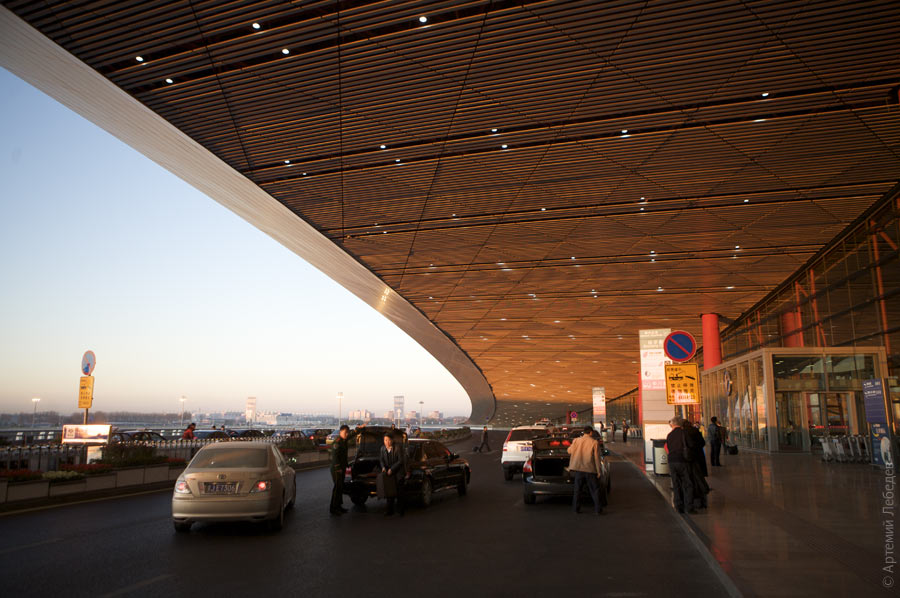 The entire city is still decorated with Olympic imagery. 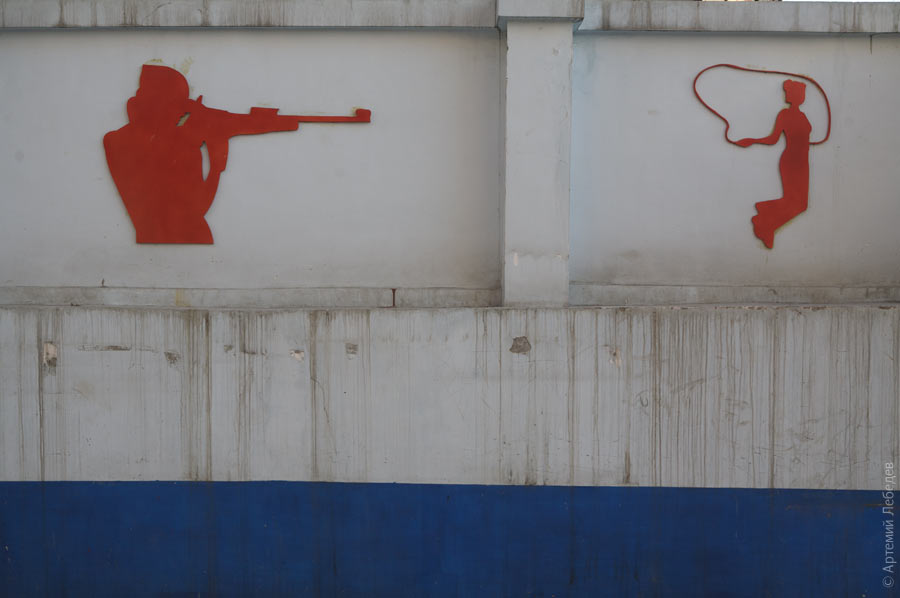 My favorite sculpture, which symbolizes attaining goals, decorates the downtown area.  There are traffic enforcement cameras everywhere you look. 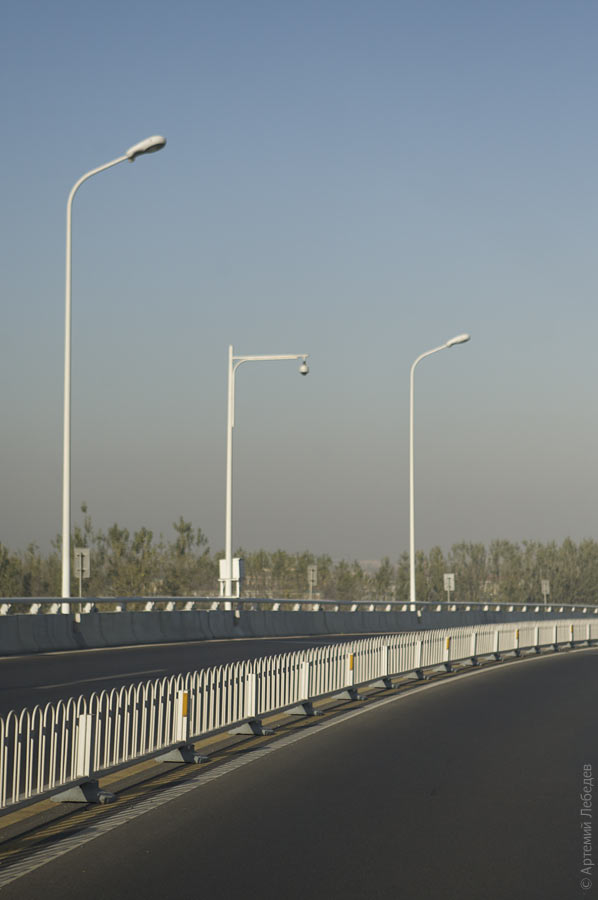 Or security cameras. 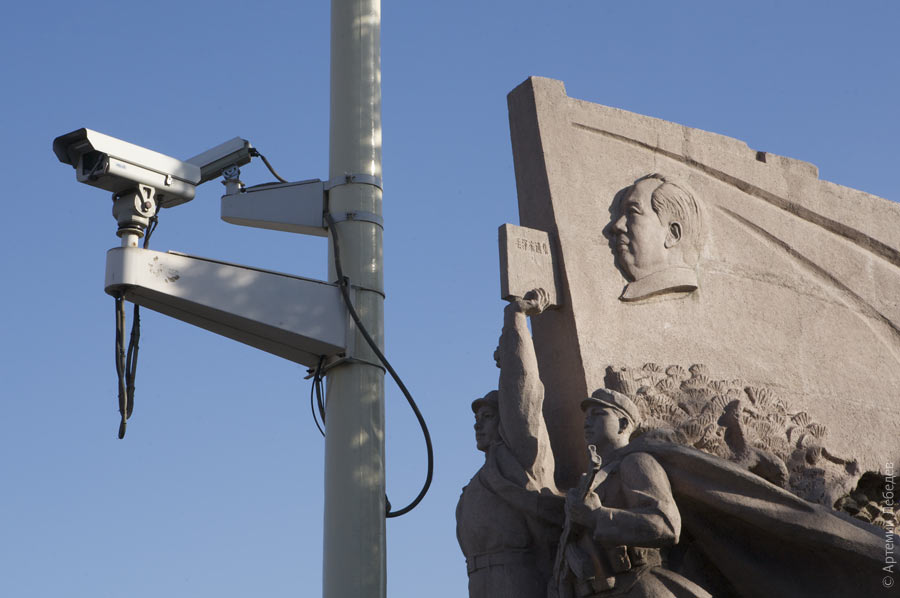 Buildings are equipped with cages for windows and ACs (almost like in Taipei). 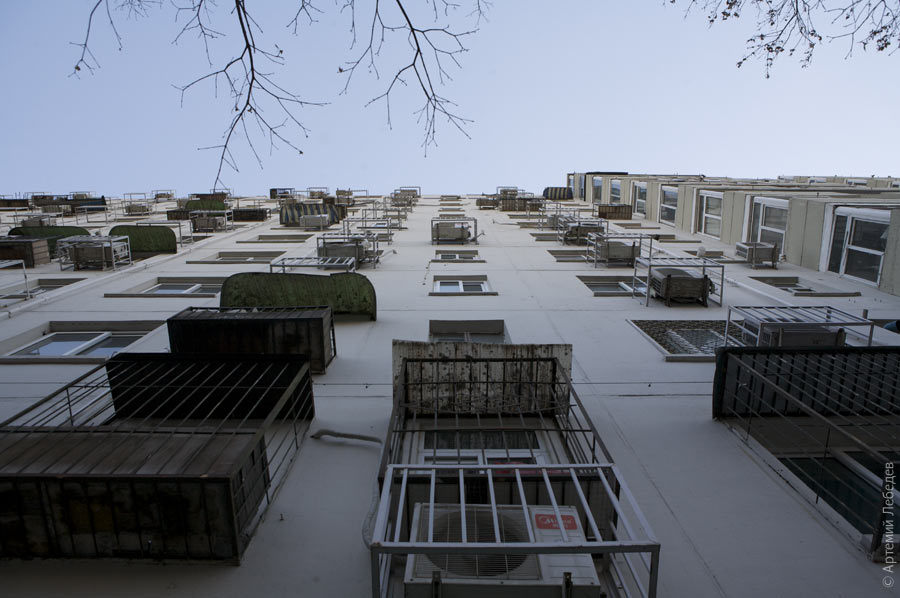 I love contemporary Chinese architecture because people here understand that a flat building wall shouldn’t end in a flat roof. 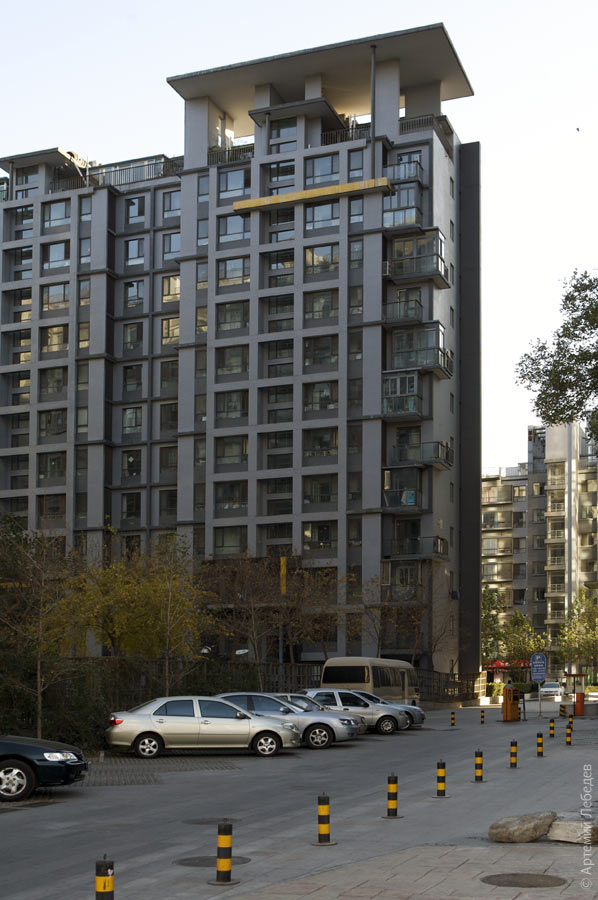 All the buildings are topped with some sort of interesting overhangs or pavilions. 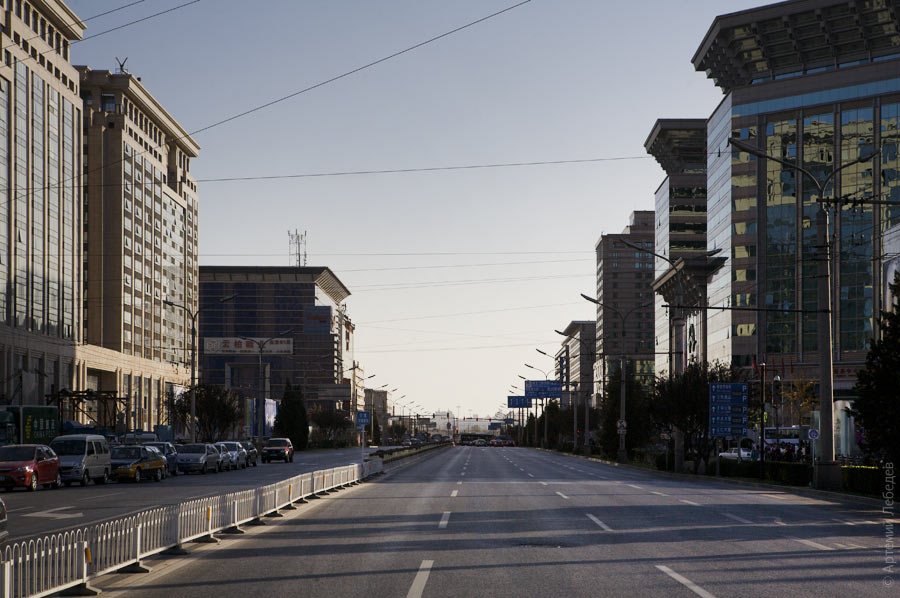 The handlebars of the courier’s moped have built-in gloves. Just stick your hands in and go. 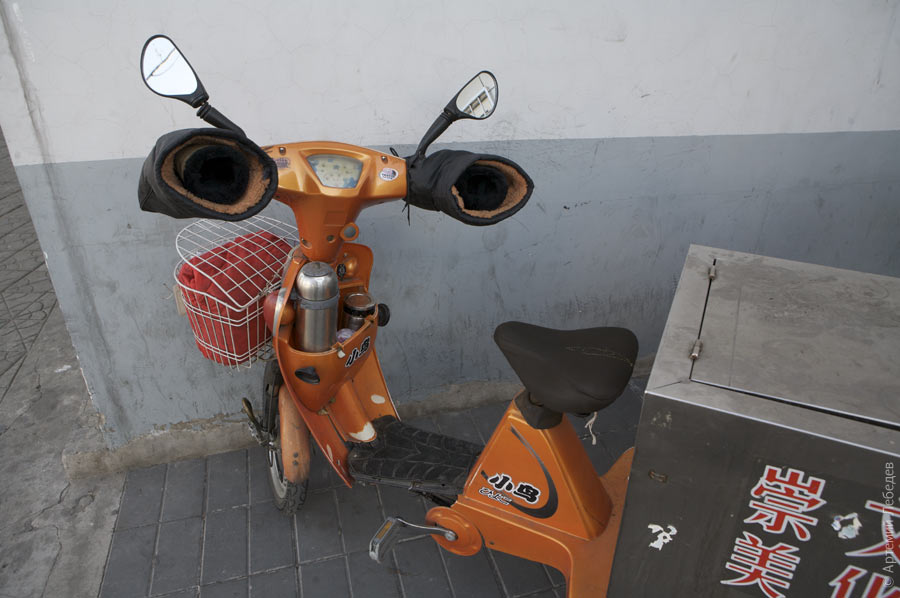 Unlike us, the Chinese would never position the slits in storm drain grates parallel to a bicycle wheel’s trajectory. 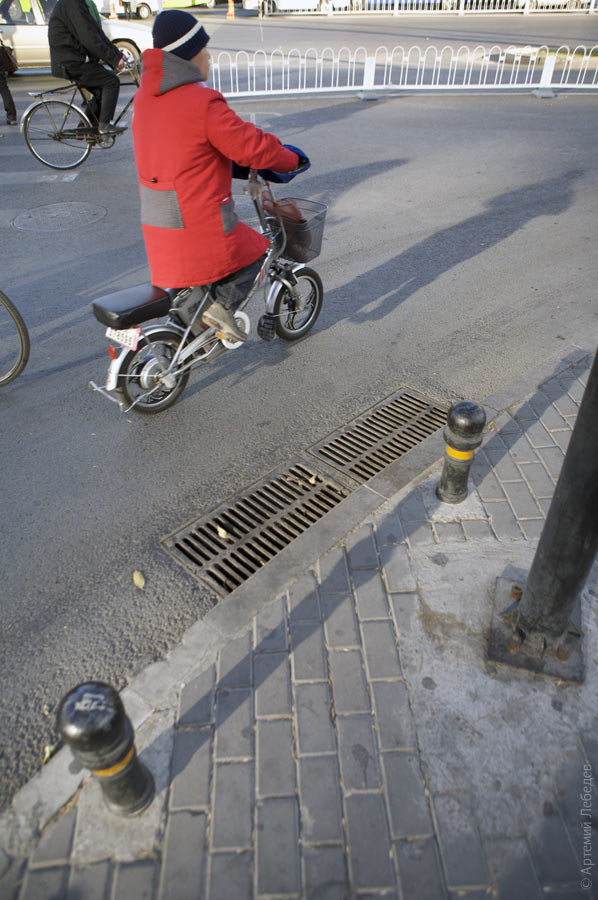 The wheelchair ramp is made of granite. A slippery solution. 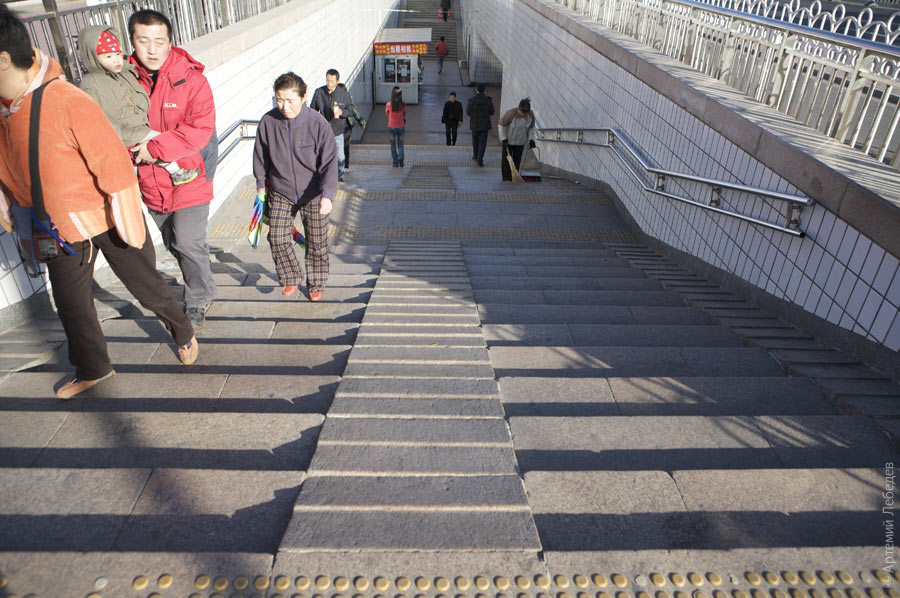 A trendy traffic light. 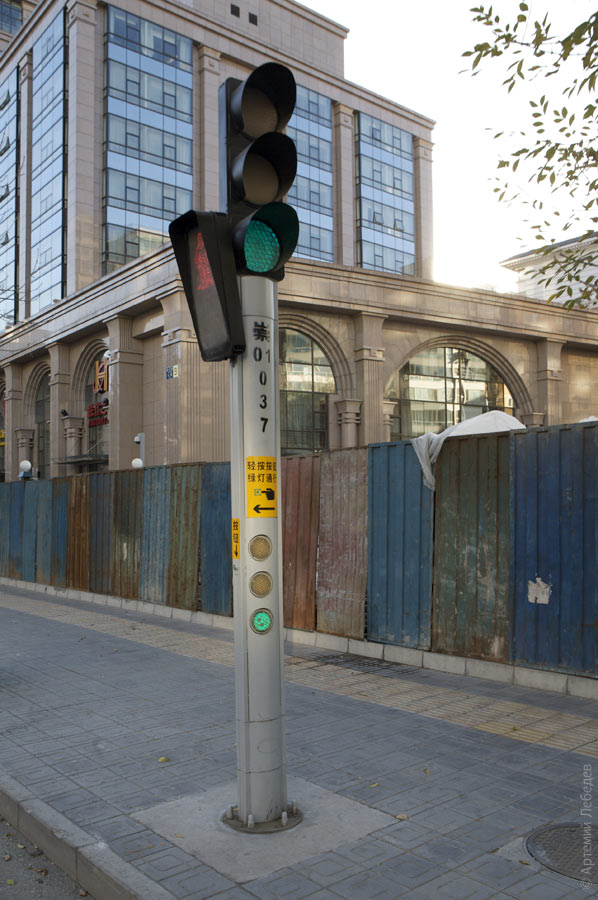 Lampposts are wrapped with orange and black bands, like cigars. 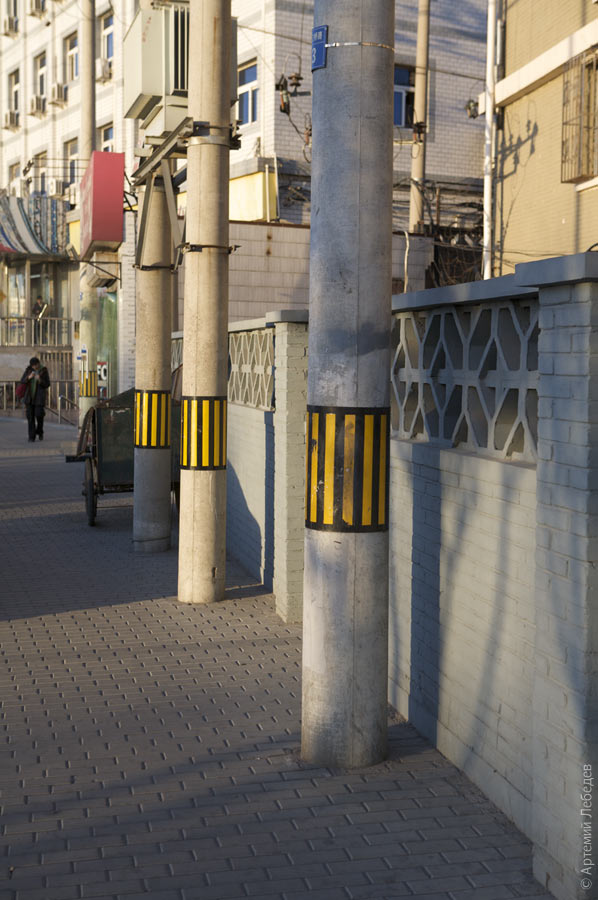 Barriers protect passengers from the road. 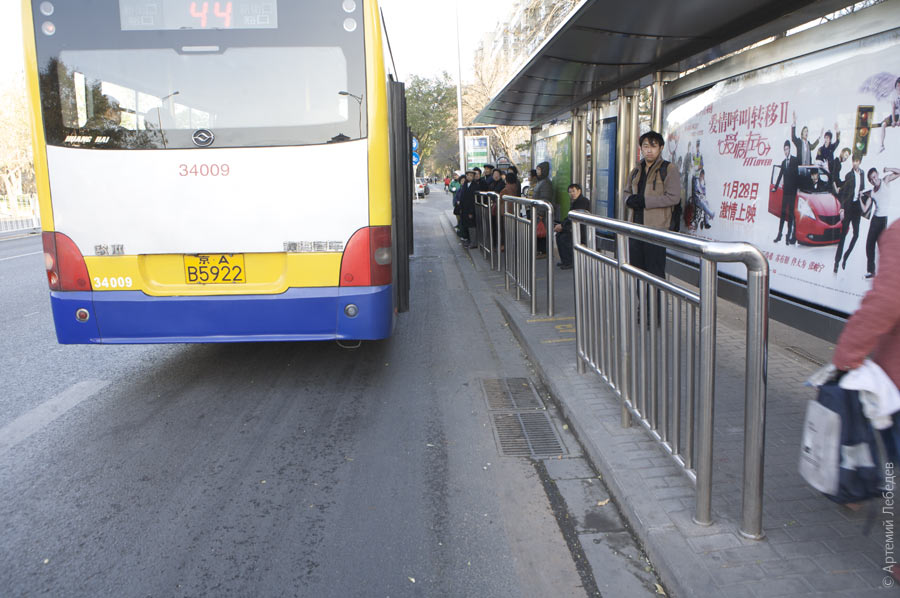 A municipal ashtray built into a trash can stand. 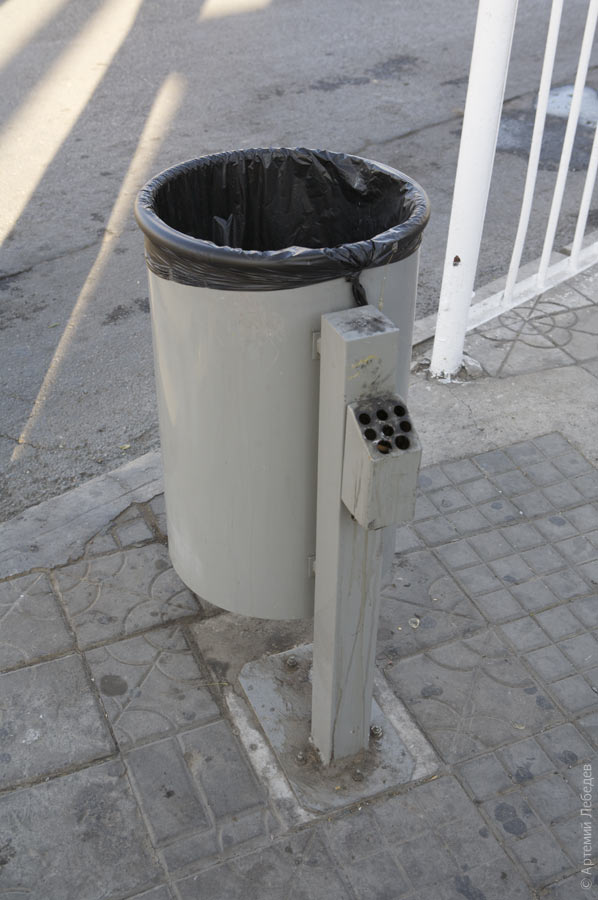 The old post box model. 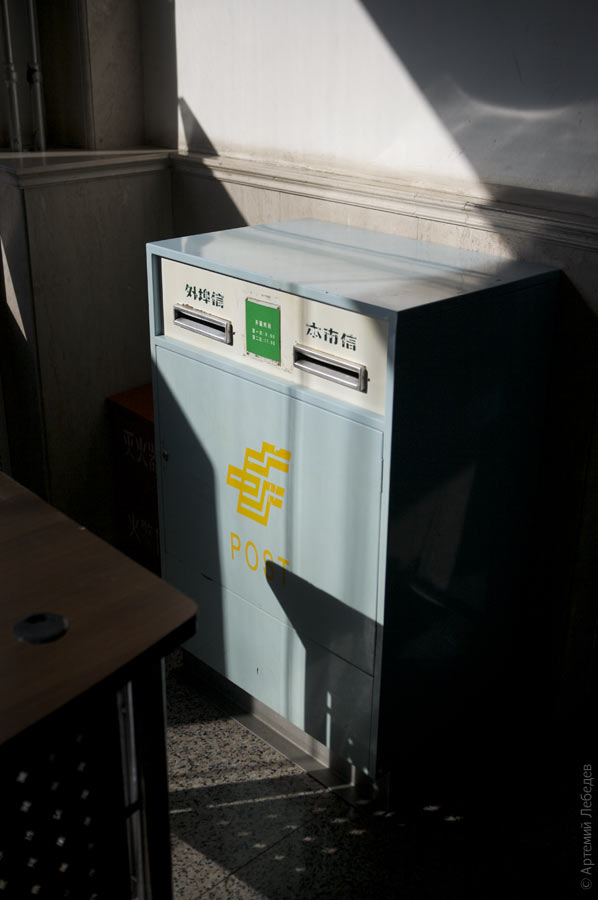 The new post box model. 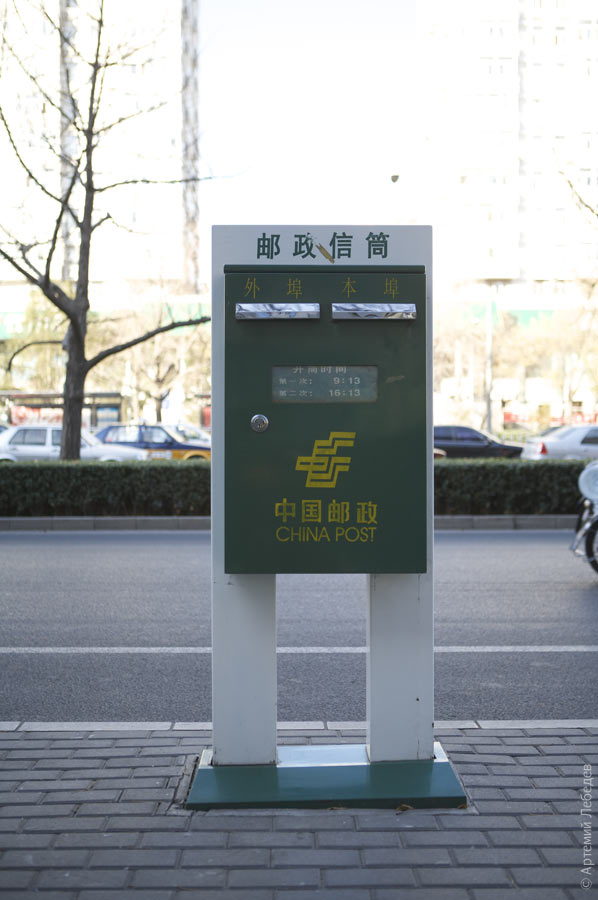 The cityscapes in Beijing resemble retouched photos from 1950s Soviet architecture books. Everything is clean, sunny and tidy. 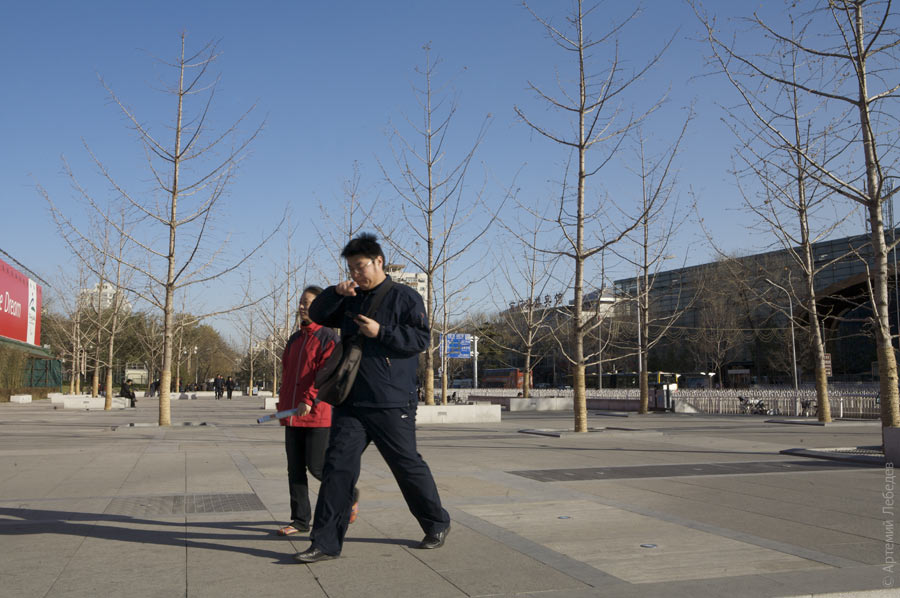 There are no extraneous objects; the trees are carefully propped up. 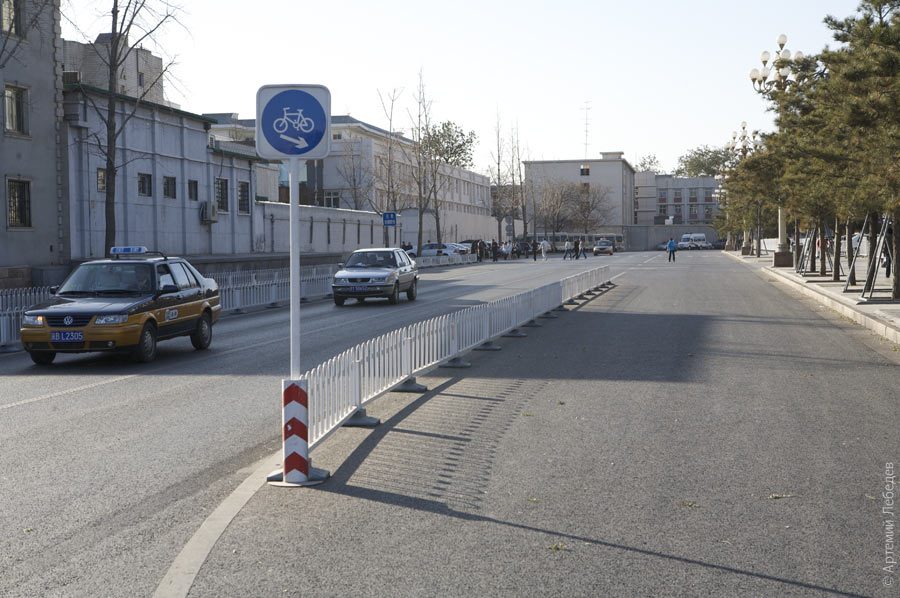 Old huts are hidden from visitors’ view with a fence, exactly like in North Korea. 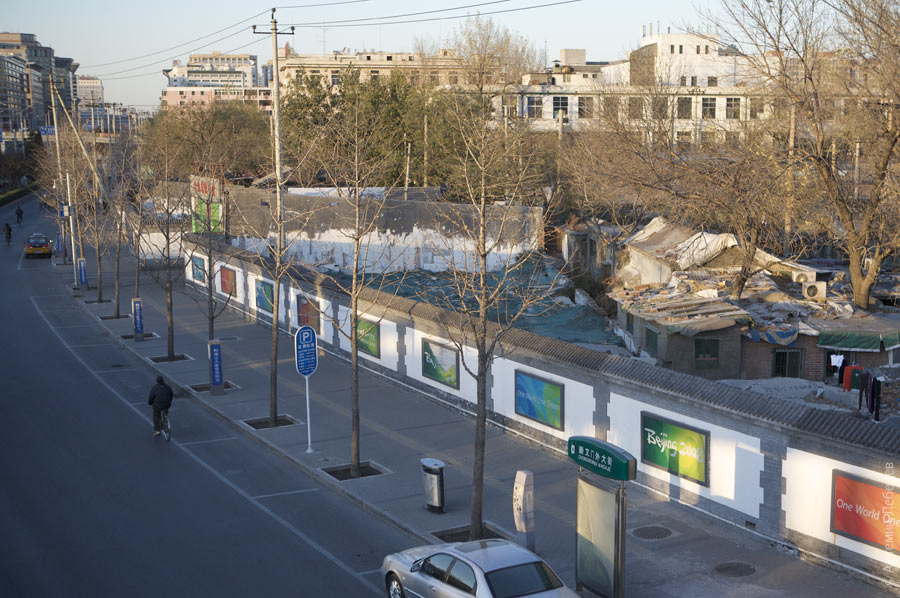 In fact, the non-touristy parts of Beijing look extremely similar to what I imagine the non-touristy parts of Pyongyang look like. People here are also very surprised to see a white person, but there’s one important difference: no one stops you from walking around here. 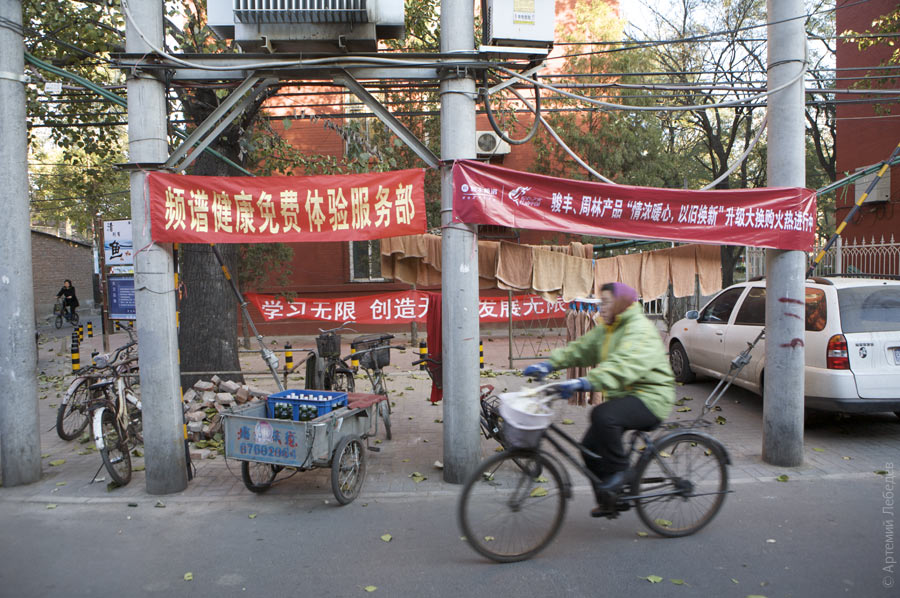 The Chinese have a slightly different world for themselves. This isn’t a dumpster, it’s a pedicab carriage. 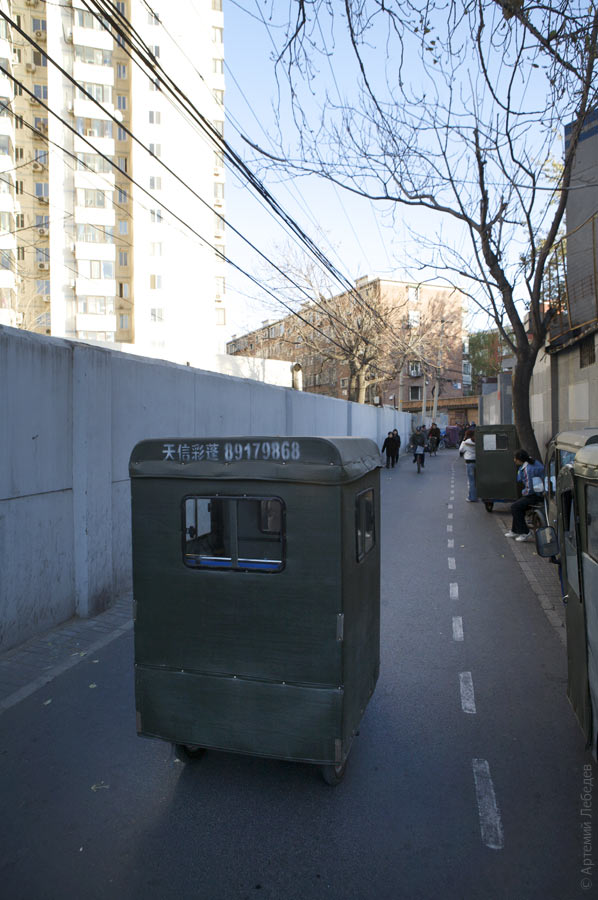 |